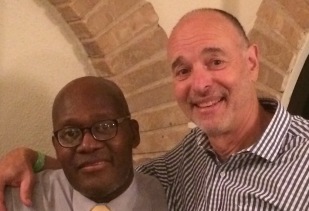States lead the way on community school innovation
Policymakers and leaders at multiple levels have been paying increased attention to community schools—schools that engage families and community organizations to provide well-rounded support to students. Recently, presidential candidate and former Vice President Joe Biden called for expanding community schools. New York City Mayor Bill de Blasio, another presidential candidate, has created the largest community school initiative in the country with over 200 sites. And Randi Weingarten, president of the powerful American Federation of Teachers, has been a vocal advocate. At the local level, grassroots organizers are calling for more community schools. Community schools seem poised to become an increasing presence in education politics—and policy—going forward.
BACKGROUND ON COMMUNITY SCHOOLS
Community schools identify what students, families, and communities need to succeed and use community assets—partnerships with local organizations and agencies—to meet those needs. The Learning Policy Institute describes four common pillars of a community school: expanded and enriched learning time and opportunities; collaborative leadership and practices; active family and community engagement; and integrated student supports. In identifying a typology of school-community partnerships, my colleagues and I suggest that community schools are more than just wraparound services provided to individual students in need. Rather, community schools use strategic, results-focused partnerships to improve a wide range of outcomes.CONTINUE READING: States lead the way on community school innovation



















